Premium Only Content
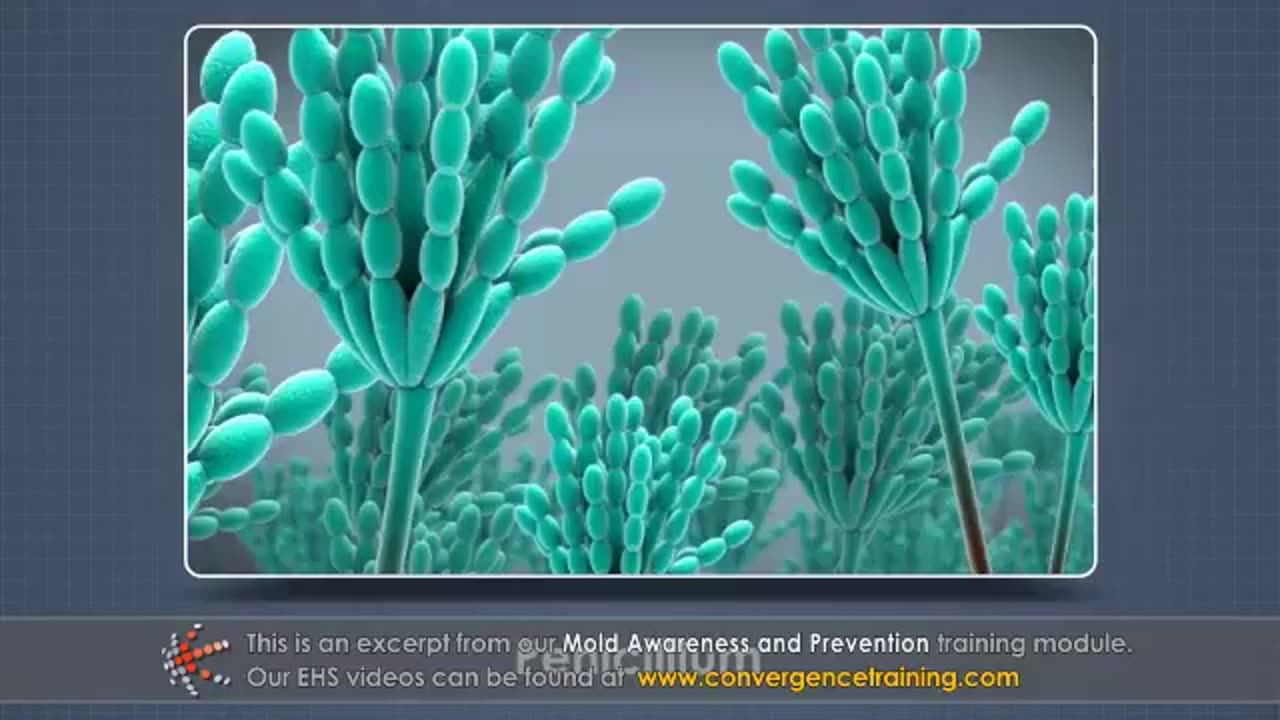
Mold Awareness and Prevention Training
Mold Awareness and Prevention Training educates employees on the health hazards associated with mold, how to recognize mold problems, and best practices for preventing mold growth and exposure in the workplace. This training is crucial in industries like construction, facility management, and healthcare, where mold can pose serious risks to workers and building occupants.
---
### **Mold Awareness and Prevention Training Outline**
#### **1. Introduction to Mold**
- **What is mold?**
- A type of fungus that grows in damp, warm, and humid environments.
- Commonly found in buildings with water damage, leaks, or high humidity.
- **Why is mold a concern?**
- Can cause property damage and health issues.
- Potential for legal and regulatory implications.
- Common indoor mold types (e.g., Aspergillus, Stachybotrys, Penicillium).
---
#### **2. Health Hazards of Mold Exposure**
- **Health effects of mold exposure:**
- Allergic reactions: Sneezing, runny nose, skin rashes, red eyes.
- Respiratory issues: Coughing, wheezing, and asthma exacerbation.
- Severe reactions in immunocompromised individuals or those with pre-existing conditions.
- Symptoms to watch for:
- Persistent respiratory discomfort or worsening of allergies.
- When to seek medical attention.
---
#### **3. Recognizing Mold Hazards**
- **Signs of mold growth:**
- Visible discoloration or patches on walls, ceilings, or floors.
- Musty or earthy odors.
- Water stains or evidence of leaks.
- Common areas prone to mold:
- Bathrooms, basements, HVAC systems, around windows, and areas with past flooding or water damage.
---
#### **4. Causes and Conditions for Mold Growth**
- Mold thrives in:
- Warm, damp, and humid conditions.
- Relative humidity above 60%.
- Sources of moisture:
- Leaky roofs, windows, or pipes.
- Poor ventilation or condensation.
- Flooding or spills that are not promptly cleaned up.
---
#### **5. Preventing Mold Growth**
- **Moisture control:**
- Fix leaks and address water damage immediately.
- Use dehumidifiers and air conditioners to maintain humidity below 50%.
- Ensure proper drainage around buildings.
- **Proper ventilation:**
- Use exhaust fans in bathrooms and kitchens.
- Maintain and clean HVAC systems regularly.
- **Cleaning practices:**
- Clean and dry wet areas within 24-48 hours.
- Use mold-resistant products in construction and renovation projects.
---
#### **6. Safe Mold Cleanup Practices**
- When to handle mold internally:
- Small areas (less than 10 square feet) of mold growth.
- Basic cleanup steps:
- Wear personal protective equipment (PPE) such as gloves, goggles, and masks.
- Use soap and water or commercial mold cleaners.
- Avoid mixing chemicals (e.g., bleach and ammonia).
- When to call professionals:
- Large-scale mold infestations.
- Mold in HVAC systems or hard-to-access areas.
- Health concerns or significant property damage.
---
#### **7. Personal Protective Equipment (PPE)**
- Proper PPE for mold cleanup:
- N95 respirators or better for respiratory protection.
- Gloves to protect skin from mold and cleaning agents.
- Safety goggles to prevent eye irritation.
- Correct use and disposal of PPE.
---
#### **8. Employer and Employee Responsibilities**
- **Employer responsibilities:**
- Conduct regular inspections for mold and moisture issues.
- Provide necessary resources and training.
- Establish and implement a mold prevention plan.
- **Employee responsibilities:**
- Report water damage, leaks, or visible mold immediately.
- Follow cleaning and prevention guidelines.
- Use PPE as required.
---
#### **9. Emergency Response to Mold Problems**
- Steps to take when mold is discovered:
- Stop all activities that may disturb mold and release spores.
- Isolate the area if possible.
- Notify appropriate personnel or supervisors.
- Actions to address water damage:
- Remove standing water and dry surfaces quickly.
- Dispose of water-damaged materials like carpets or insulation when necessary.
---
#### **10. Practical Exercises and Scenarios**
- Mold hazard identification:
- Recognizing mold growth in workplace environments.
- Demonstration of cleaning methods for small-scale mold.
- Role-playing scenarios:
- Reporting and addressing water leaks or mold growth.
---
#### **11. Quiz and Certification**
- Administer a knowledge test to assess comprehension.
- Issue certificates for participants who successfully complete the training.
---
Would you like assistance in creating customized materials, a presentation, or certification documentation for this training?
-
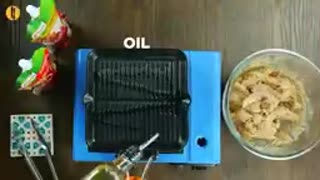 1:35
1:35
HSESafetyInformation
6 months agoMutton Chops two ways- baked & grilled Recipe by Food Fusion (Eid Recipe)
67 -
 LIVE
LIVE
Law&Crime
1 hour agoLIVE: Adelson Matriarch Murder Trial — FL v. Donna Adelson — Day 3
194 watching -
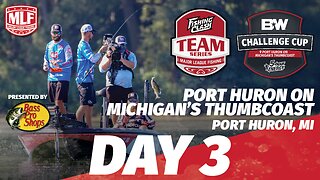 LIVE
LIVE
Major League Fishing
4 days agoLIVE! - Fishing Clash Team Series: Challenge Cup - Day 3
214 watching -
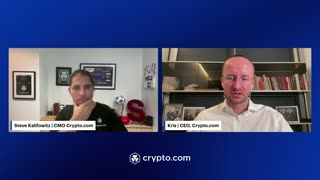 27:39
27:39
Crypto.com
54 minutes ago2025 Live AMA with Kris Marszalek, Co-Founder & CEO of Crypto.com
-
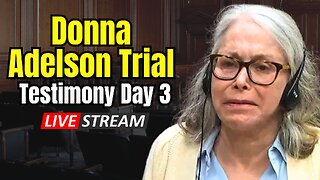 LIVE
LIVE
Surviving The Survivor: #BestGuests in True Crime
1 hour agoCourt Stream: Donna Adelson Trial DAY 3 of Testimony
66 watching -
 LIVE
LIVE
Wendy Bell Radio
5 hours agoWhat Hill Will Democrats Choose To Die On?
7,940 watching -
 LIVE
LIVE
LFA TV
4 hours agoLFA TV ALL DAY STREAM - TUESDAY 8/26/25
5,301 watching -
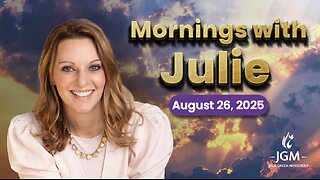 1:15:15
1:15:15
JULIE GREEN MINISTRIES
3 hours agoTHE CIA HAS BEEN A GIANT IN THIS LAND THAT WILL BE TAKEN OUT
67.7K135 -
 3:58:26
3:58:26
The Bubba Army
1 day agoBURN The FLAG, Go to JAIL! - Bubba the Love Sponge® Show | 8/26/25
54.5K25 -
 29:45
29:45
DeVory Darkins
18 hours ago $7.39 earnedDemocrat Governor suffers EMBARRASSING LOSS to Trump as ICE takes Garcia into custody
27.1K74